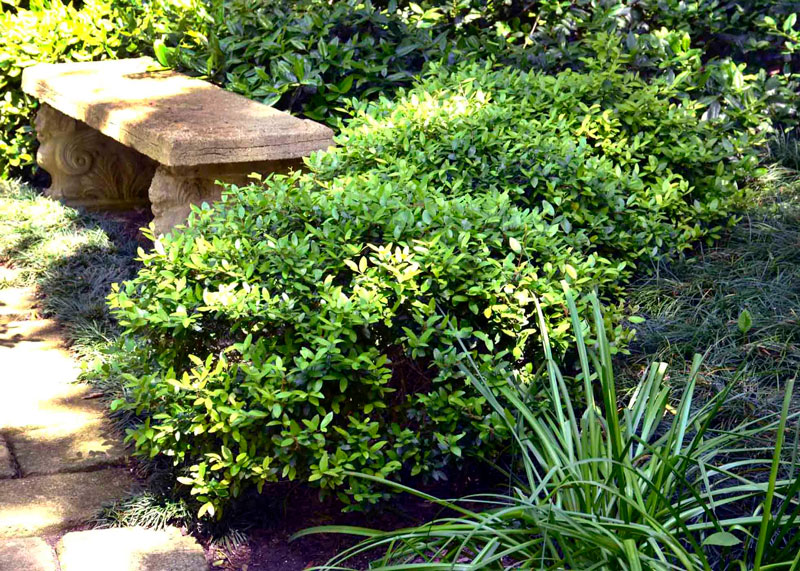How many yaupons can you count?
I grew up in College Station, and we had our share of yaupon hollies growing in the post oak forests of Brazos County.
And Mom and Dad would take me to retail nurseries in Houston and Conroe, so we’d drive into the Piney Woods, and that was another big thrill for young Neil, the plant geek. I was a weird boy.
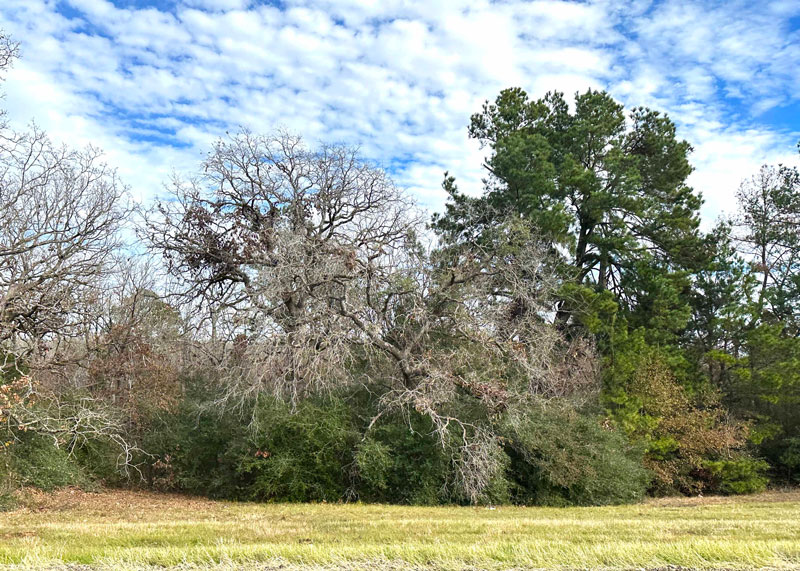
I guess that’s why I got so excited to see the pine forests along I45 two weeks ago and their full complement of yaupon holly thickets that are growing beneath them. Birds eat the berries and sit in the pine trees. I get the picture. Literally.
There was a big transition underway in the 1960s about the time I was finishing high school and starting college. Tract homes were becoming common and city lots were shrinking. A new industry of landscape contractors was springing up, and they were looking for large shrubs that could be trained as small accent trees for use at corners of houses, near patios and entries.
Crape myrtles were certainly one option, but yaupon hollies caught everyone’s eye. Initially our only choices were the ones dug off Texas hillsides where they’d been trained by cattle and deer grazing. You’d see truckload after truckload of freshly dug trees brought in from those hillsides.
Ten to 15 years later you began to see large plants that had been grown in large containers (or dug and placed in containers until they established good root systems).
And, as tree-form yaupons became commonplace in our landscapes, we were also being introduced to more and more variants of yaupons:
• Dwarf yaupon hollies: There actually are many selections. Some have normal yaupon leaves, while others have much smaller foliage for finer textures. They grow to be 24 to 36 in. tall and 30 to 40 in. wide. They accept shearing quite well, although if you prune them into highly formal shapes they will gradually run out of steam and will need to be replaced after 15 to 25 years. Most selections are male and do not bear fruit.
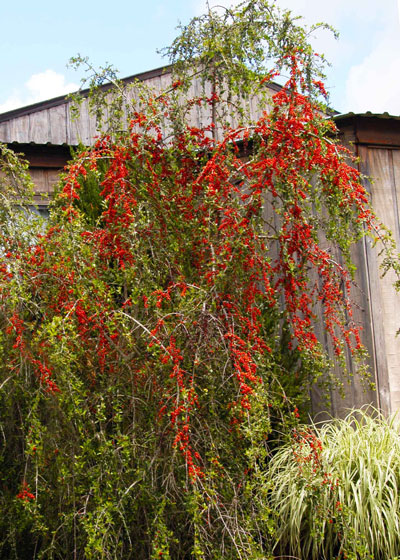

• Weeping yaupon holly: This grows strongly to 15 to 18 ft. tall and wide. Its branches hang decidedly downward. The plants sold in nurseries are female, so they will bear heavy loads of bright red berries each winter.
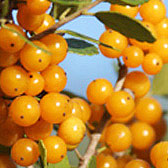
• Yellow-berried yaupon holly: I have one in my landscape. Its fruit is a golden-amber tint that’s quite handsome against a dark background. However, the berries are produced in the spring. By the time they turn yellow several inches of new growth will have been produced. The first time I saw fruit on my tree I thought it was getting ready to shed a bunch of older yellow leaves (as if it had gotten too dry). After all these years, I’ve decided red is better.
• Scarlet’s Peak and Skyline yaupon hollies: These are both upright/columnar selections that grow 10 to 15 ft. tall and 2 to 3 ft. wide. They are striking accent plants where a very narrow shrub is called for.
A few things to know about yaupons…
• Scientific name: Ilex vomitoria
• Native home: Southern US from East Texas all the way to the East Coast
• If you want berries, buy a female plant. The named varieties you’ll find tagged in nurseries will all be female selections that have been propagated by cuttings, so they’ll have multitudes of fruit. But if you grow from seeds or dig plants out of nature, you have a 50-50 chance of getting a male that will never bear fruit.
• Best time for planting from containers: anytime, but be prepared to water by hand every couple of days for the first spring, summer and fall.
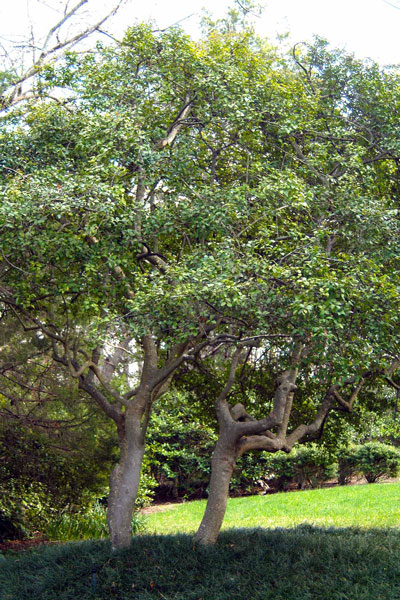
• Best time for transplanting from nature: mid-winter, while plants are dormant.
• Sun or shade: Does equally well in either, but will have best fruit production in full sun.
• Soil preference: Highly organic and consistently moist, but does not require acidic soils as many other hollies do. Do not allow to become dry since plants do not give warning of wilting. They turn a subtle olive green, then brown, and by then it’s too late.
• Fertilizer preference: High-nitrogen or all-nitrogen, with up to half of that nitrogen in slow-release form.
• Feeding dates: Early March, as new growth is getting started. Second application should be early May, and third treatment in early September.
• Pest and disease problems: Nothing common. Occasional leaf miners may show up.

